10 Expert Tips to Extend Your Robot Vacuum’s Lifespan
A robot vacuum isn’t just another household gadget; it’s an investment in time, comfort, and convenience. Yet, like any investment, its value depends on two things: engineering quality and owner care. Even the most advanced robot vacuum can break down early if neglected, while consistent upkeep can add years to its life.
The truth is simple: longevity is in your hands. Below you’ll find 10 expert robot vacuum maintenance tips that can keep your machine running at peak efficiency and extend its lifespan well beyond the average.
3 Foundations of Robot Vacuum Longevity
Before we dive into the practical steps, it’s important to understand what truly shapes a robot vacuum’s lifespan.
Build Quality: Stronger motors, durable brushes, and advanced sensors last longer.
Usage Environment: Pet hair, high traffic, and large homes put more strain on the machine.
Maintenance Habits: The single biggest difference-maker, completely under your control.
The maintenance habits matter a lot, the choices you make day-to-day determine whether your robot vacuum lasts 3 years or 6.
10 Pro Tips to Improve Robot Vacuum Lifespan
Tip 1. Regularly Clean Brushes and Rollers
Brushes and rollers are the frontline workers of your robot vacuum, and they collect the most hair, string, and debris. Left unchecked, these tangles strain the motor, reduce suction, and wear down moving parts. Weekly cleaning prevents buildup and keeps the vacuum working smoothly. Use the cleaning tools included with your robot, or small scissors, to cut through hair wrapped around the roller. Many owners overlook this step until efficiency drops.
With advanced models like the Dreame X50 Ultra, you won’t have to waste time cutting away stubborn hair. Its HyperStream™ Detangling DuoBrush is designed to minimize hair tangles, so cleaning sessions stay hassle-free and your vacuum continues to run at peak performance with less manual effort.
Tip 2. Empty the Dustbin Frequently
A full dustbin chokes airflow, reduces suction, and makes the motor work harder than necessary. The simple habit of emptying the dustbin after every cleaning cycle prevents clogs and helps the vacuum maintain its performance. Wiping down the bin with a dry cloth once in a while also stops fine dust from building up.
Imagine going up to three months without worrying about emptying the dustbin. With an auto-empty dock, the Dreame X50 Ultra can store up to 100 days of debris, saving you time and effort while maintaining strong suction power and consistent cleaning performance.
Tip 3. Check and Clean Sensors
Navigation sensors allow robot vacuums to map spaces, detect obstacles, and avoid falls. When dust or smudges cover them, the vacuum may misread its surroundings, bump into furniture, or stop mid-clean. Wiping sensors gently with a dry microfiber cloth once a week restores their accuracy.
Some advanced models even protect their sensors by design. The Dreame X50 Ultra’s motorized LiDAR retracts into the vacuum body when sliding under furniture like sofas, protecting delicate parts from scratches and dust. Regular care plus thoughtful design equals longer-lasting precision.
Tip 4. Maintain Mop Pads
For robot vacuums with mopping functions, mop pads need just as much care as filters or brushes. Dirty mop pads can spread grime instead of cleaning floors, and worn fabric reduces efficiency. Wash pads regularly, ideally after every use, and replace them when they show fraying or thinning.
If you've chosen a higher-end model, you don’t even have to worry about washing and drying mop pads—the dock handles it for you. The Dreame X50 Ultra, for example, uses 80°C (176°F) hot water to automatically clean and sanitize mop pads, keeping them fresh and extending their lifespan without any extra effort on your part.
Tip 5. Inspect and Replace Filters
Filters trap fine dust, allergens, and particles that would otherwise clog the motor. Over time, filters accumulate dirt that reduces airflow, straining the motor and shortening the vacuum’s lifespan. Check filters monthly, tap out dust gently, and replace them every 3–6 months depending on usage.
Tip 6. Keep the Charging Dock Clear
Your robot vacuum relies on its dock for power and software updates. If the docking area is cluttered, the vacuum may struggle to align properly, leading to incomplete charging or missed updates. Place the dock against a wall in an open space, free of obstacles within a couple of feet. Keep the area clutter-free so the vacuum can align properly, and remember to check the dock regularly. If your vacuum features an auto-empty system or water management, replace the dust bag when it’s full and clean any tanks if needed. These simple steps keep everything running smoothly and prevent unexpected interruptions.
Dreame Take We want your home to stay clean without adding to your to-do list. That’s why Dreame designs robot vacuums to care of the little things for you: refilling, draining, even recharging; so it is always ready when you need your floors clean.
Tip 7. Update Firmware Regularly
Robot vacuums are smart devices, and like smartphones, they benefit from firmware updates. These updates improve navigation, optimize cleaning patterns, and fix bugs that could shorten the vacuum’s useful life.
Check the companion app regularly, to make sure your device runs the latest version. A few taps can extend both functionality and reliability.
Tip 8. Store Properly When Not in Use
If you’re going away for weeks or won’t be using your robot vacuum often, storage conditions matter. Keep the vacuum in a cool, dry place to protect the battery and prevent moisture damage to sensors and electronics. Avoid leaving it in hot garages or damp basements.
Dreame robot vacuums' durable build makes it suitable for long-term use and storage, but proper conditions always help preserve its lifespan.
Tip 9. Monitor Battery Health
The battery is the heart of your robot vacuum. Avoid letting it fully drain before charging, as deep discharges shorten battery life. Instead, let the vacuum recharge regularly and avoid leaving it docked at 100% for months at a time.
High-capacity batteries, like the X50 Ultra’s 6,400 mAh cell, deliver a bit over 3 hours of cleaning per charge, enough to cover large spaces in a single session. To further protect the battery, the X50 Ultra includes off-peak charging, which helps optimize charge cycles and reduce long-term wear.
If you notice significantly reduced runtime, check your app for charge cycle counts. In many cases, replacing the battery extends the vacuum’s usable life instead of replacing the entire unit.
Tip 10. Schedule Professional Servicing
Even with great maintenance, complex issues like motor failures or circuit damage may arise. Instead of discarding the vacuum right away, consider professional servicing. Certified technicians can diagnose and fix problems that DIY cleaning can’t solve.
Pro-tip Buying directly from Dreame gives you access to dedicated support and certified technicians for your vacuum. Backed by a 3- or 5-year warranty, you get peace of mind, expert repairs when needed, and maximum value from your investment—no guesswork or third-party hassles.
Robot Vacuum Maintenance FAQ
How often should I clean the brushes and rollers?
At least once a week, or more often if you have pets or long-haired family members. Tangled hair can strain the motor and reduce efficiency. You can check out our guide about robot vacuum for long hair to get more tips.
Do I need to empty the dustbin after every use?
Yes, ideally after each cleaning cycle. A full dustbin reduces suction and makes the motor work harder. Auto-empty docks can minimize this chore.
How frequently should I replace the filter?
Every 3–6 months, depending on usage and dust levels in your home. Clean the filter gently between replacements to maintain airflow.
What’s the best way to clean sensors?
Use a dry microfiber cloth to wipe sensors weekly. Avoid wet wipes or harsh chemicals, as these can damage the sensor coating.
Can I wash the robot vacuum’s mop pads in the washing machine?
Yes, most mop pads are machine washable. Wash them after every use and replace them when they show wear. Some premium models, like the Dreame X50 Ultra, even clean them automatically.
Conclusion
Extending your robot vacuum’s lifespan is all about consistent care. By following these 10 tips, cleaning brushes, emptying the bin, maintaining sensors and filters, monitoring battery health, and more, you can add years of reliable service to your device. Maintenance not only saves money but also ensures your robot vacuum performs at its best every day.
Models like the Dreame X50 Ultra support longevity with features like self-cleaning systems, durable design, and extended warranties. With smart habits and the right tools, your robot vacuum investment will go the distance.















































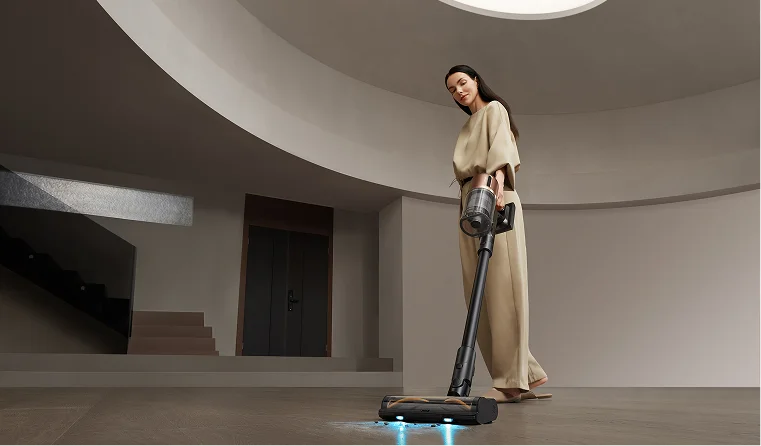
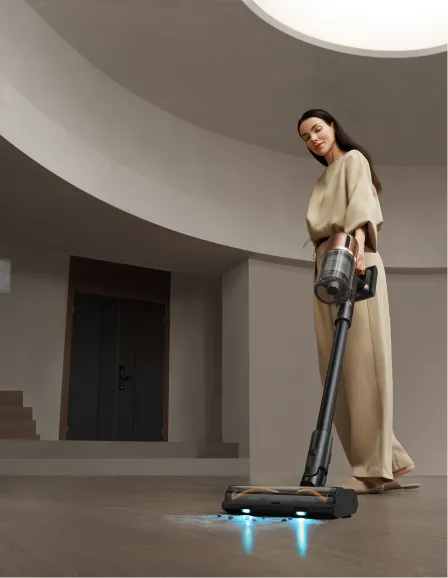

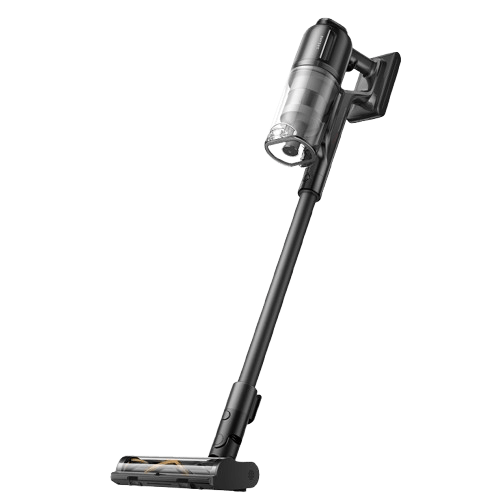

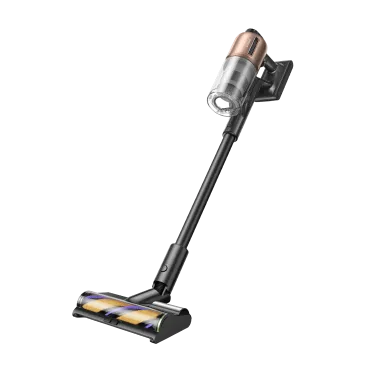
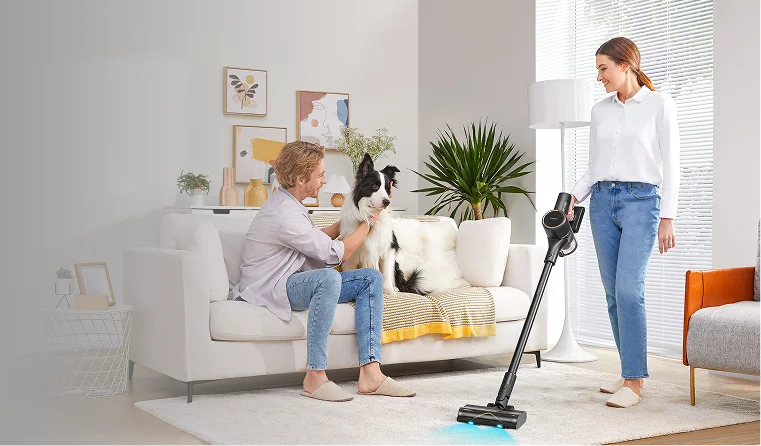
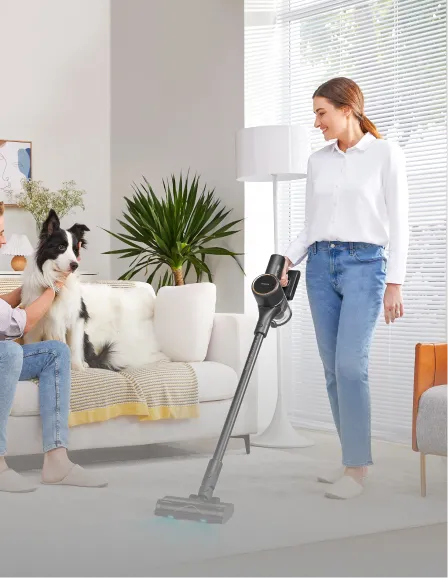
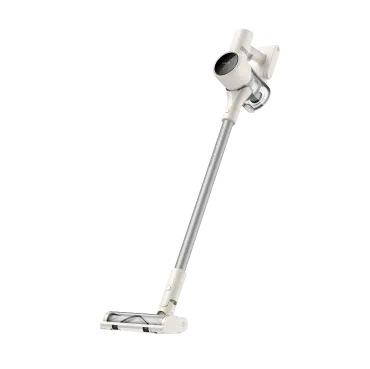
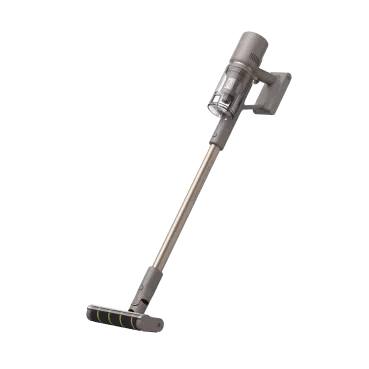
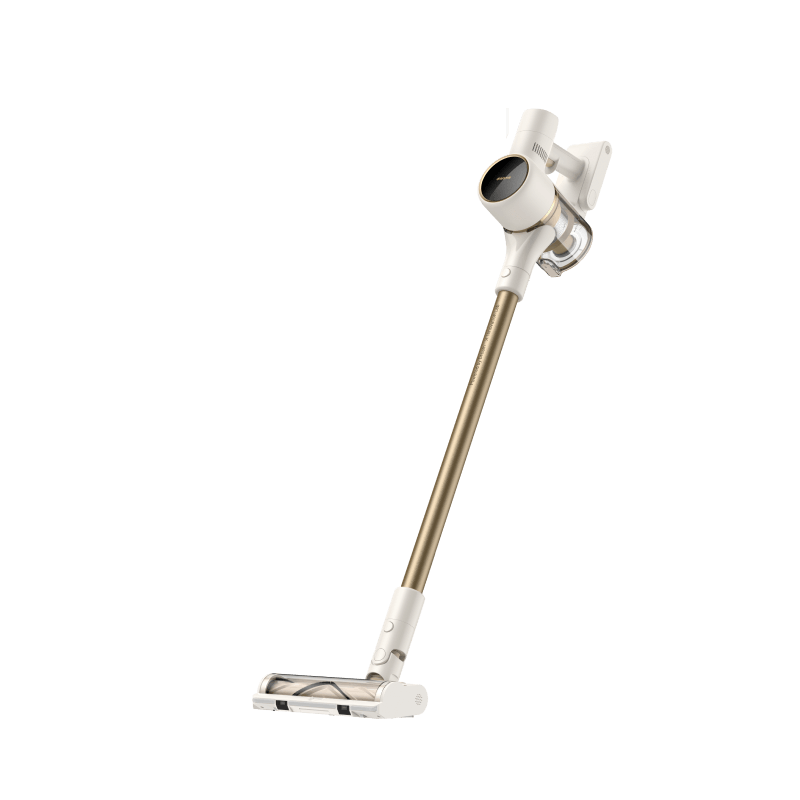
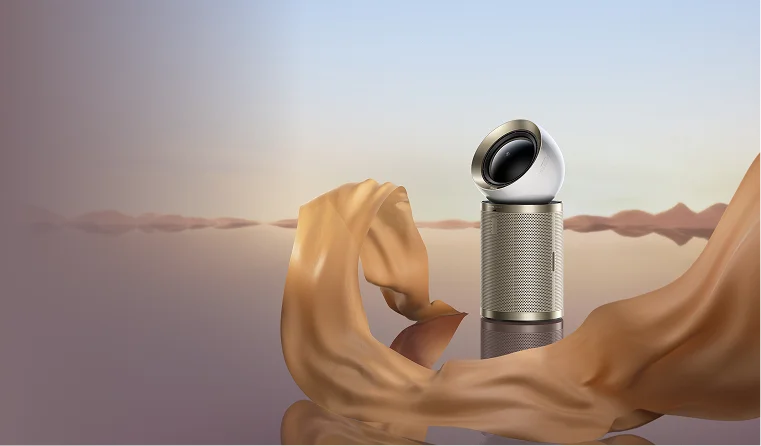
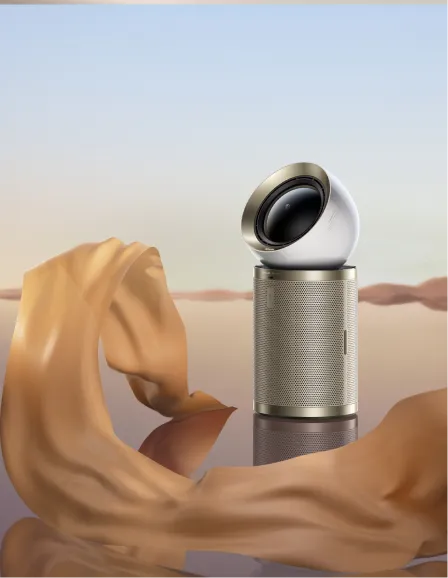

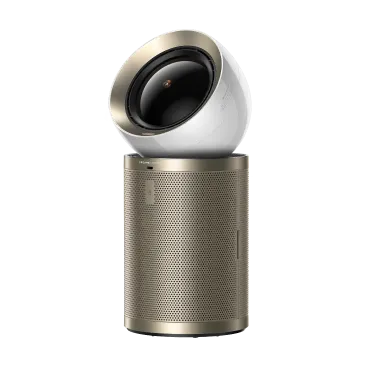

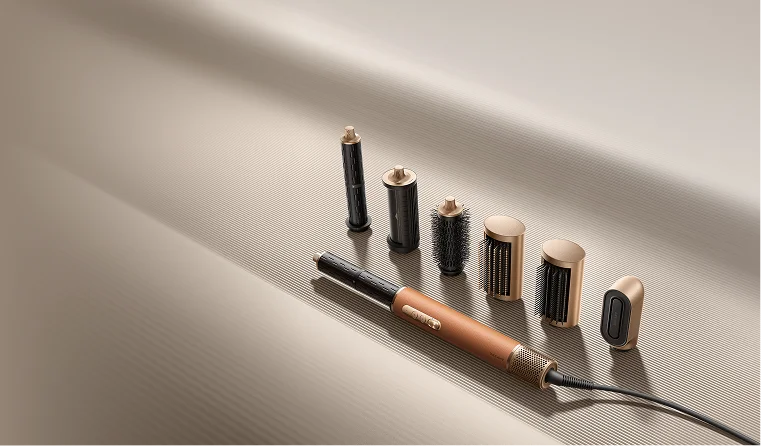
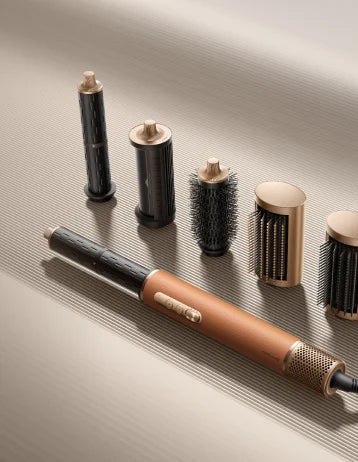
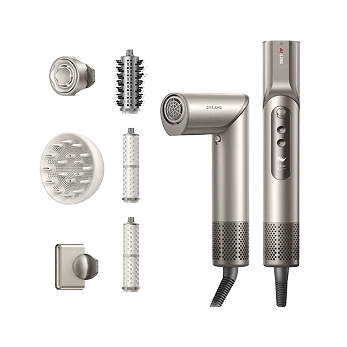


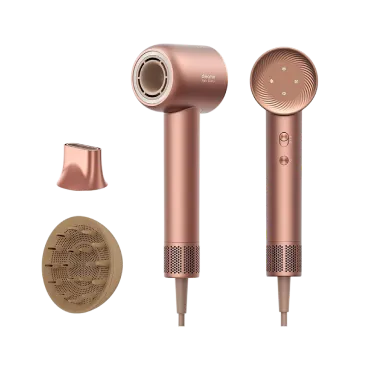
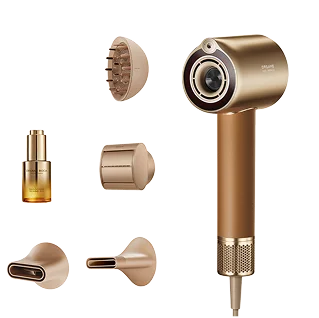




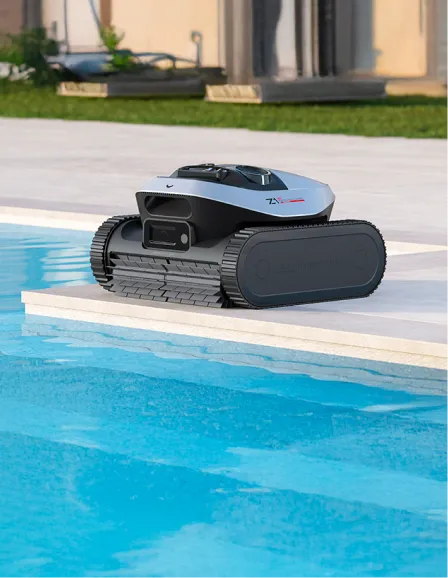
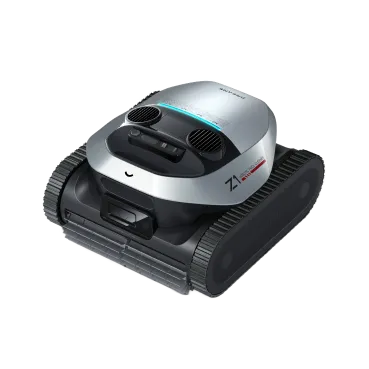
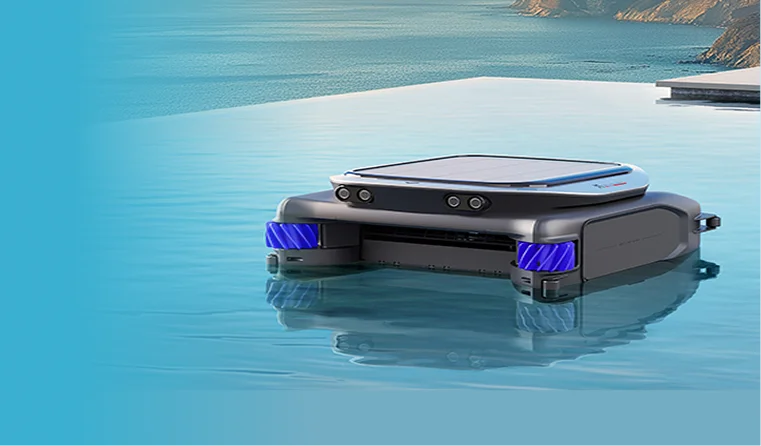











 Australia
Australia 中国大陆
中国大陆 日本
日本


 Türkiye
Türkiye


 Italia
Italia
 Netherlands
Netherlands Belgium
Belgium
 Greece
Greece Polska
Polska
 Norway
Norway
 Sweden
Sweden
 Finland
Finland
 Denmark
Denmark
 Hungary
Hungary Czechia
Czechia
 Slovenia
Slovenia
 Croatia
Croatia
 Switzerland
Switzerland United Kingdom
United Kingdom
 Canada
Canada




